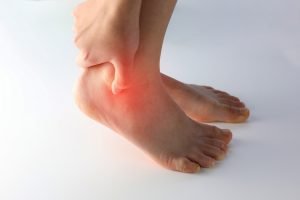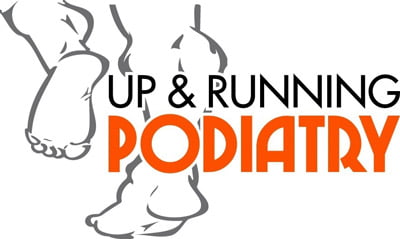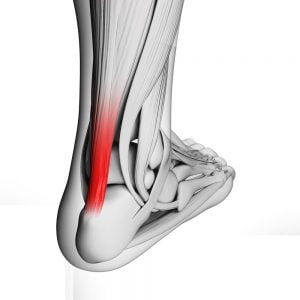Ever heard someone use the phrase ‘my Achilles heel’ and wondered where it comes from?
 In Greek mythology, when Achilles was born it was foreseen that he would die at a young age. His mother became worried at such a prediction and took Achilles to the River Styx which had been said to offer powers of invulnerability.When Achilles was washed with the water his mother Thetis held him by his heel which was therefore untouched of the water. Later in life Achilles was shot at by a poisonous arrow which became lodged in his heel killing him, this is where the expression ‘Achilles heel’ originated from and is now known as an area of weakness.
In Greek mythology, when Achilles was born it was foreseen that he would die at a young age. His mother became worried at such a prediction and took Achilles to the River Styx which had been said to offer powers of invulnerability.When Achilles was washed with the water his mother Thetis held him by his heel which was therefore untouched of the water. Later in life Achilles was shot at by a poisonous arrow which became lodged in his heel killing him, this is where the expression ‘Achilles heel’ originated from and is now known as an area of weakness.
However let’s not confuse the phrase ‘Achilles heel’ with the Achilles tendon itself, the Achilles tendon also known as the calcaneal tendon is not a weak tendon at all, it is in fact one of the thickest and strongest tendons in the body, albeit one of the most commonly injured. But why is that? The Achilles tendon has to absorb some of the highest loads in the body.
First and foremost, what is Achilles Tendinopathy and how do you know if you are suffering with it?
Achilles tendinopathy impacts people from all aspects of life. It is most commonly diagnosed in the middle portion of the tendon, however it can also occur where the tendon itself inserts into the calcaneus (heel bone). The exact cause continues to be studied however it is important to note that it is not as a direct result of inflammation rather a failed healing response.
Symptoms are generally gradual in onset making it easy to ignore, however if caught early the prognosis is better so it is important to visit your podiatrist for an assessment and diagnosis.
Some examples of common symptoms include:
- Morning stiffness and tenderness which may warm up as the day goes on or with use.
- Swelling.
- Pain during or after running.
What are the risk factors?
Sports Medicine Australia outlines the following causes which may lead to excessive loading of the tendon.
- Exercising on hard or uneven surfaces.
- Changing surfaces, for example going from running on the road all the time to suddenly exercising on grass or astro

- A drastic increase in training load, intensity or frequency. A 10% increase each week is advised.
- Incorrect or inappropriate footwear.
- Biomechanical problems such as reduced ankle joint range of motion.
- Foot structure and mechanics.
Successful treatment relies on an early and correct diagnosis. There are a number of treatment modalities out there however conservative treatment is indicated as the initial strategy. Conservative measures include:
- Identification of risk factors and symptoms.
- Exclude rupture.
- Modify activity and load.
- Non-steroidalanti-inflammatory (case by case).
- Footwear modification and assessment.
- Orthosis intervention/ heel raises.
- Eccentric exercises.
- Stretching and strength training.
- Biomechanical assessment.
Other conservative measures include topical glycerol trinitrate patches, extracorporeal shock wave therapy, corticosteroid injections, platelet rich plasma injections, night splints and massage.
If you are being held back in training or life by pain in your Achilles and you are unsure whether you have Achilles tendinopathy and want to hear more about the current treatment options, get in touch and book an appointment today by visiting Up & Running Podiatry

